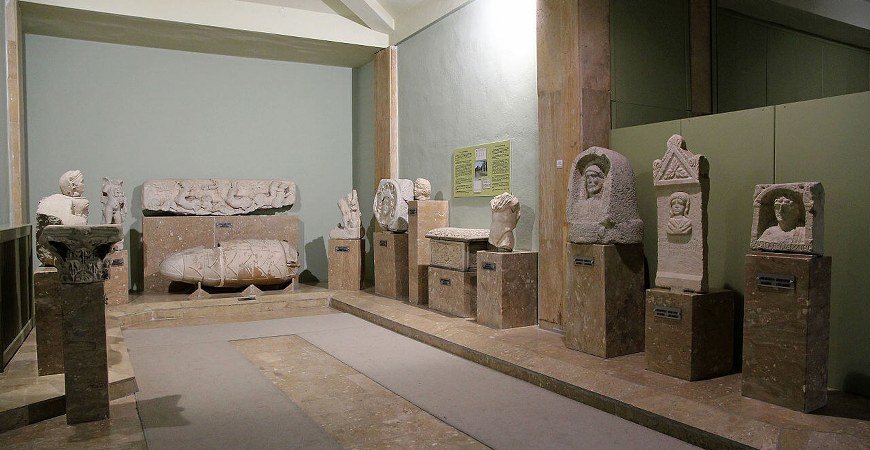
Nigde Museum and Tekirdag Museum
Nigde Museum and Tekirdag Museum,
NiGDE MUSEUM
In 1936 archaeological findings and ethnographic works from the region of Nigde were stored in the Akmedrese in Nigde, which was built during the Karamanoglu period. After a short time, the works were put on exhibit in the courtyard and rooms of the Medrese thus establishing Nigde Museum.
The Akmedrese was built in 1409 by Alaeddin All Bey of the Karamanogullari. It is in the Seljuk open courtyard style with an exedra. Because the portal is covered with white marble it is called the Akmedrese (white Medrese). The museum rooms contain written documents of the Hittite period, steles, statues, masonry, tear bottles taken from graves, lamps and bronze and gold objects from the Roman-Byzantine periods, gold, silver and bronze coins from the Hellenistic to Ottoman periods, carved wooden doors from the Seljuk period, a steel safe and box, embroidered napkins and waistbands, clothes, coffee services, spoons, keys, clocks, weapons, knives, and a mummy thought to date from the IX-X centuries. In the exedra is a hair tent belonging to a Turkmen tribe which lived in the region of Nigde. In the garden is exhibited masonry from the Roman-Byzantine period, styles, inscriptions, and Islamic gravestones. A new modern museum building is being built in Nigde at the present time.
TEKIRDAG MUSEUM
Steps to establish a museum in Tekirdag have only recently begun. In 1967 works from the region were temporarily exhibited in the rooms of the Tekirdag Naval Club. The museum works include plant and animal fossils from the paleontological ages, prehistoric findings, pottery, stone instruments, masonry, inscriptions, grave steles, column capitals, statues, clay figurines, pitchers, amphoras, glass objects, coins etc. from the Greek, Roman and Byzantine periods. Tekirdag Museum also includes a section of Islamic period works and ethnographic works from the region. This section contains embroidery and weaving, jewelry, copper objects, regional costumes and Ottoman period inscriptions.